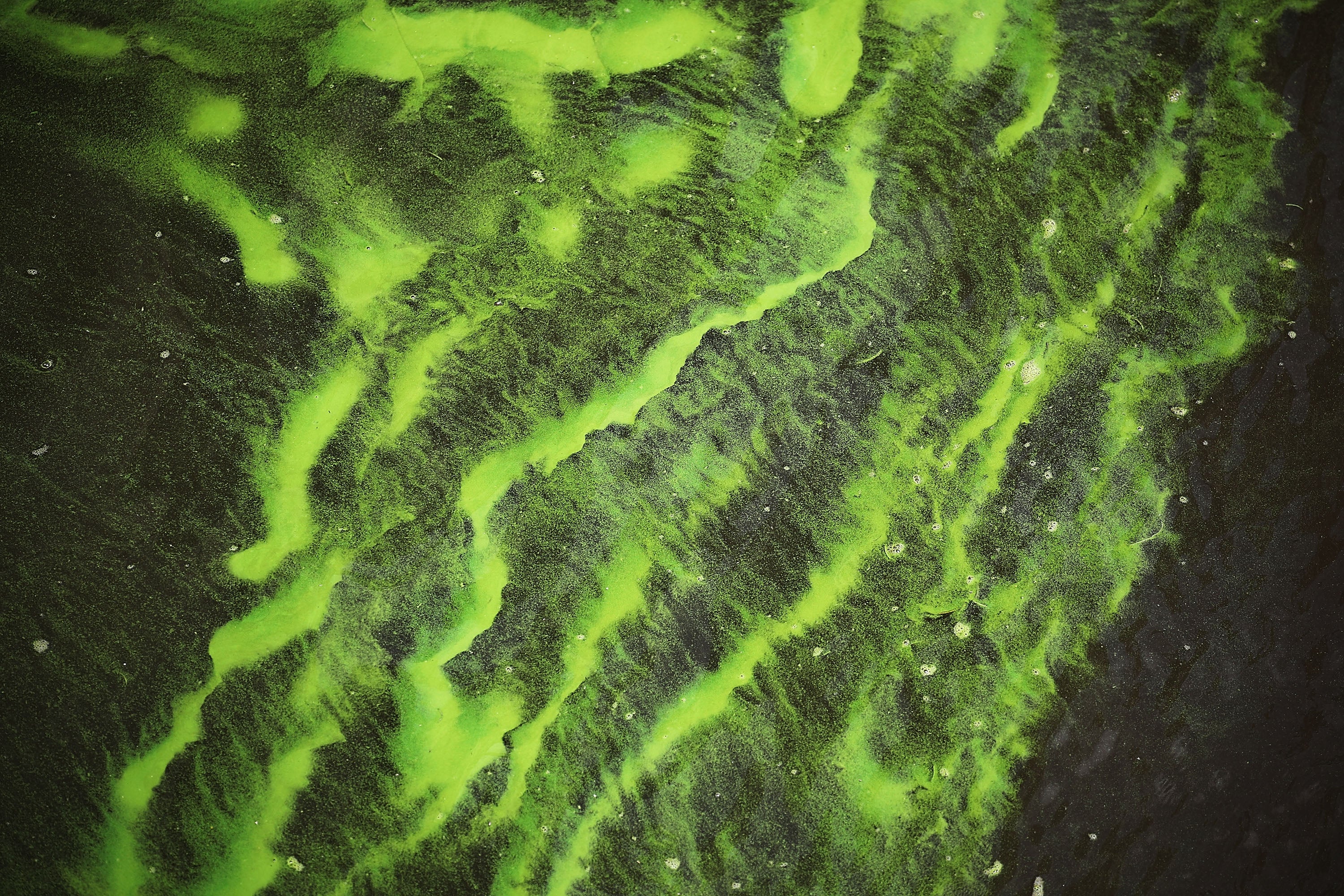A poisonous algal bloom in South Australia has killed over 200 marine species, together with deepwater sharks, octopuses and leafy sea dragons, in what conservationists have referred to as one of many worst marine die-offs the area has ever seen.
The algae, Karenia mikimotoi, has unfold throughout greater than 150km of shoreline because it was first detected in March, almost the scale of the Kangaroo Island.
For the reason that algae appeared, native individuals and scientists have noticed mass deaths of fish, shellfish, sharks, sea dragons, rays, cuttlefish, and deepwater species alongside the southern shoreline.
South Australia’s atmosphere minister stated the outbreak had grown to an unprecedented scale. “It’s a bigger bloom than we now have ever seen earlier than,” Susan Shut stated.
Scientists say that it’s being fuelled by an ongoing marine heatwave, with sea temperatures 2.5C above common, and calm circumstances that enable it to thrive.
Described as a “poisonous blanket”, the bloom suffocates fish by damaging their gills and attacking purple blood cells and the nervous system. It will possibly result in haemorrhaging and erratic behaviour in affected animals. “It is sort of a horror film for fish,” Brad Martin of OzFish advised The Guardian.
Ms Shut stated there was not a lot the federal government may do. “The one factor that’s going to interrupt this bloom up is a change within the climate and beginning to get sturdy westerly winds,” she stated.

An evaluation of over 1,400 citizen science reviews discovered round half of the useless species have been ray-finned fish and greater than 1 / 4 have been sharks and rays. Cephalopods like squid and cuttlefish and crustaceans comparable to crabs and lobsters have been among the many affected species as properly.
Although not poisonous to people, the algae has triggered pores and skin irritation and respiratory signs in some beachgoers.
Authorities have quickly closed a number of oyster farms and banned pipi harvesting in elements of South Australia.
An alarm concerning the bloom was first sounded by beachgoers again in March after thick foam and useless marine animals washed up on Waitpinga and Parsons seashore on the Fleurieu Peninsula.
Professor Shauna Murray, a marine biologist on the College of Know-how Sydney, recognized the algae beneath a microscope and thru DNA evaluation.
She advised The Guardian that Okay mikimotoi was identified to provide reactive oxygen that would suffocate marine life.
South Australia’s authorities stated winds wanted to disperse the algal bloom have been being delayed by persistent high-pressure methods – one other symptom of shifting local weather patterns.
Authorities say the complete ecological and financial impression of the bloom is but to be understood however environmental teams urge improved monitoring and stronger motion on marine heatwaves, that are rising far more frequent as oceans proceed to heat.
Alongside the marine heatwave, southern Australia is struggling by one of many worst droughts on report.
Ms Shut sounded the alarm on how local weather change was making the disaster worse.
The minister stated ocean monitoring confirmed “a full-scale local weather emergency in our coastal waters”, with the bloom extending throughout an space roughly the scale of Kangaroo Island and as much as 20m deep.
“These excessive marine warmth waves are usually not simply anomalies, they’re the brand new actuality. And our marine ecosystems are the primary casualties.”














